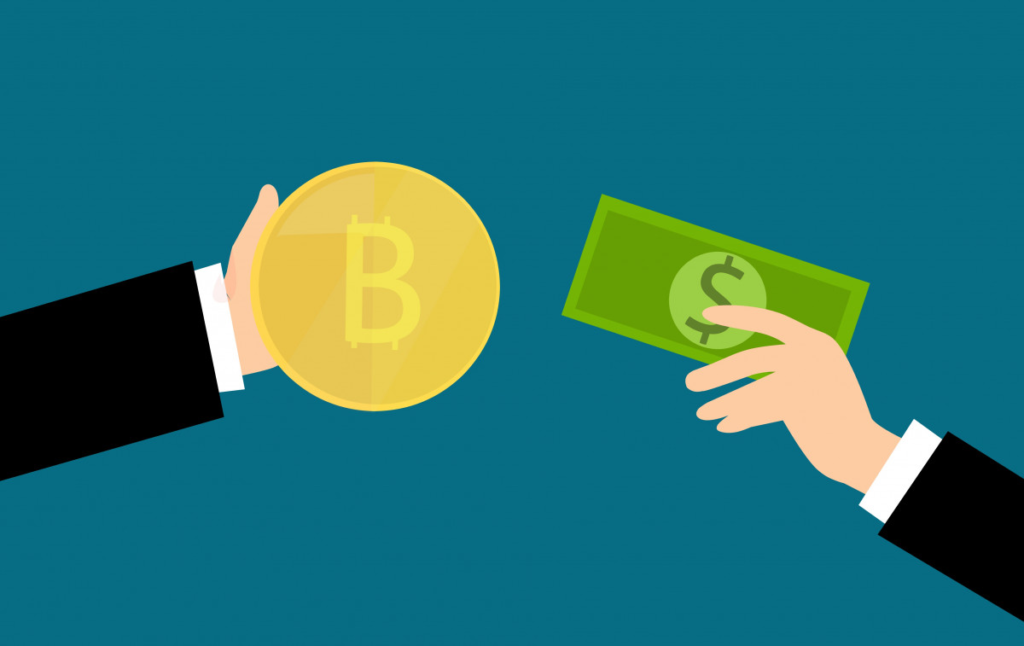Blockchain Card Transaction: How Does It Work?
Discover how blockchain technology enhances card transactions, making payments faster, more secure, and cost-effective. Learn how!
Understand blockchain card transaction

In today’s world, it’s impossible to ignore blockchain—this innovative technology that’s been transforming the way we handle money and data. And when we talk about card transactions, something we all deal with on a daily basis, the connection gets even more intriguing.
But how exactly does blockchain fit into this equation? And how can it make card transactions more secure, faster, and cheaper? In this article, we’ll explore how blockchain-based card transactions work and why they might be the future of payments. Get ready to understand everything in a simple and straightforward way.
The Evolution of Card Transactions
Before diving into the world of blockchain, let’s first understand how card transactions work today. When you go to a restaurant, shop online, or pay for something with your credit card, the process—although quick and convenient—involves several steps and intermediaries.
First, the merchant checks if you have enough money or credit to make the purchase.
This is done through a network that connects the store to your card-issuing bank, passing through intermediaries like card brands (Visa, MasterCard) and even banks involved in settling the transaction.
While this process works, it does have its drawbacks. Not only does it involve multiple players, which can increase transaction fees, but it can also be slower, taking days for the money to actually reach the involved accounts.
How Blockchain Improves Card Transactions
Now, imagine you’re buying a coffee and decide to pay with a credit card that uses blockchain.
Instead of going through multiple steps in the traditional process, blockchain offers a much more direct and secure way to complete the transaction.
Behind the scenes, validation is done by a decentralized network of computers, known as “nodes,” which verify the transaction almost instantly.
When blockchain is used, the transaction is recorded on a public digital ledger, meaning that everyone can see the transaction took place, but no one can alter the record.
This ensures not only transparency but also much higher security, as blockchain technology is far harder to hack or manipulate than traditional systems.
Rather than relying on banks to authorize the transaction and verify its authenticity, as in traditional systems, blockchain uses a method called “consensus.”
Blockchain and Cards in the Real World
To understand how this works in practice, let’s use the example of the Blockchain.com Visa Card. This card, launched in partnership with Marqeta, offers a completely new way to pay.
When you use the Blockchain.com Visa Card, cryptocurrency is converted instantly to fiat currency (such as dollars) at the time of the purchase.
All of this happens in seconds and in a transparent way, using blockchain technology. The big advantage here is that you’re dealing directly with your cryptocurrency balance without needing a lengthy conversion process or a bank intermediary.
Advantages of Using Blockchain in Card Transactions
One of the main advantages of using blockchain in card transactions is the reduction in processing fees.
In the traditional system, every intermediary in the transaction chain charges a fee, which can lead to higher costs for both merchants and consumers.
With blockchain, eliminating these intermediaries makes transactions cheaper. Additionally, as the validation and recording process is decentralized and automated, operational costs are lower, benefiting everyone involved.
Another major advantage is speed. Traditional transactions can take days to be fully processed and settled, especially for international transfers.
With blockchain, payment settlement is almost instant, meaning merchants can access funds more quickly, and consumers don’t have to wait long to see their payments confirmed.
Additionally, security is a big plus. With blockchain, all transactions are recorded immutably on a digital ledger, making it almost impossible to alter or falsify records.
Blockchain technology, by enabling instant, transparent, and secure transactions, has the potential to revolutionize the payment landscape, making it more accessible and efficient.
As more businesses adopt blockchain-based solutions, consumers will be able to enjoy the benefits of this technology in their everyday transactions, whether shopping in-store or online.
So, when looking ahead at the future of card transactions, blockchain appears to be a key technology that will make payments faster, cheaper, and more secure, offering a much more seamless experience without the limitations of traditional systems.





